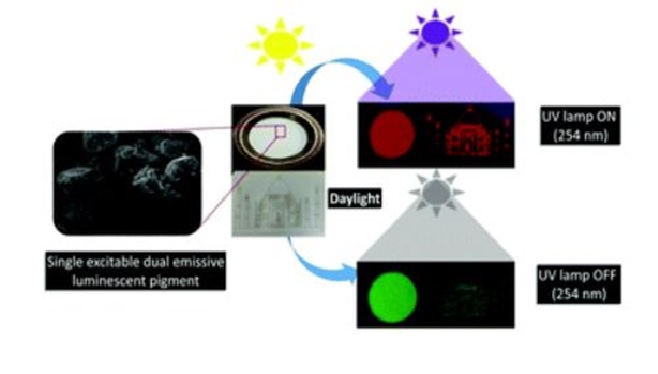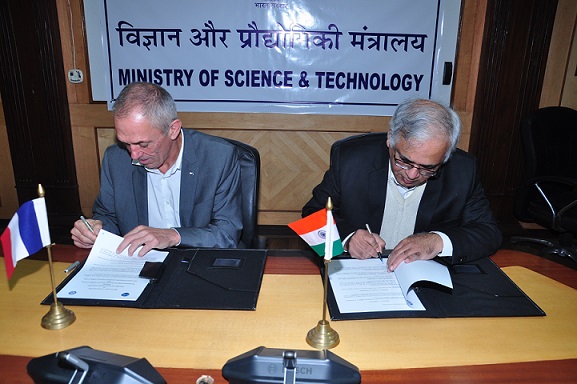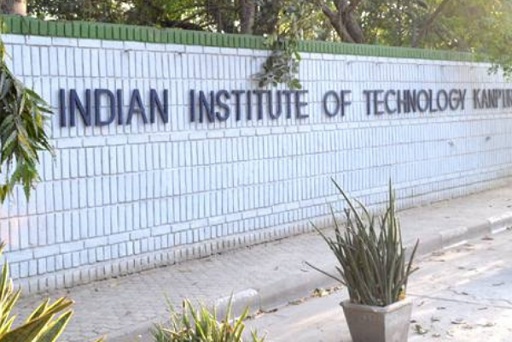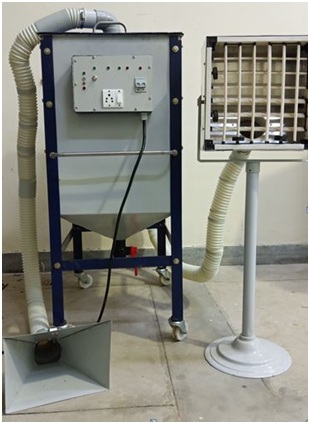
Researchers from Council of Scientific and Industrial Research- National Physical Laboratory (CSIR-NPL) have developed an ink that may help in combating the problem of counterfeiting of currency notes, fake printing of passports and pharmaceuticals. The ink is based on a single excitable dual emissive luminescent pigment. This new security feature of the ink is suitable for printing of valuable products for protection against duplicity.
The formulation is based on unexplored combinatory concept of the fluorescence and phosphorescence phenomenon. Both fluorescence and phosphorescence are spontaneous emissions of electromagnetic radiation. The glow of fluorescence stops right after the source of excitatory radiation is switched off, but in the case phosphorescence afterglow continues for duration ranging from fraction of a second to hours.
“Normally dual colour emission needs dual excitation wavelength but we have shown a compound which rarely exists and has not been reported. It has dual features in single excitation. It means it emits intense red color (611 nm) upon 254 nm excitation source and long persisting green color (532 nm) when the excitation source is switched off,” said Dr. Bipin Kumar Gupta, Senior Scientist and researcher from CSIR-NPL.
" Normally dual colour emission needs dual excitation wavelength but we have shown a compound which rarely exists and has not been reported. "
The feasibility of the ink for commercial applications has also been tested. The patterns printed with this ink were not only subjected to rigorous atmospheric conditions such as hot, cold and humid conditions for six months but also examined after treatment with various bleaching agents (ethyl alcohol, ethyl acetate, xylene, acetone, soap solution and laundry detergent) to ensure their chemical stability. The security features printed were found to be stable under stringent conditions.
The ink, once stored for six month, exhibited almost same viscosity, which confirms that it is storable for longer duration without undergoing any significant change in its properties. “The alternate on and off of excitation source, the dual color can be easily distinguished by naked eye under the ambient conditions which is difficult to counterfeit but easy to detect that could be helpful to stop the counterfeiting problem of currency , passport and many important documents,” said Dr Kumar.
The paper has been published in Journal of Materials Chemistry C.
India Science Wire











